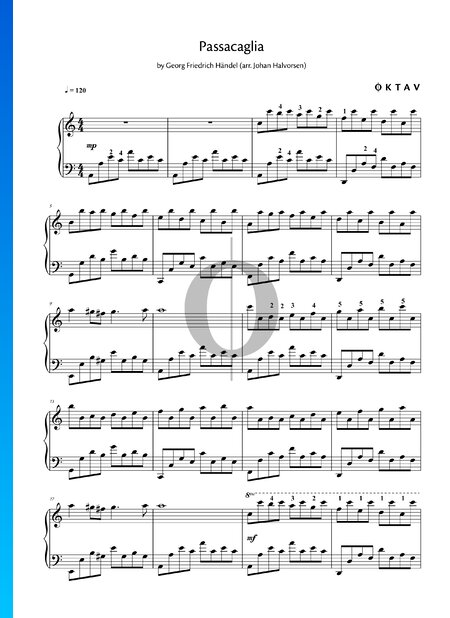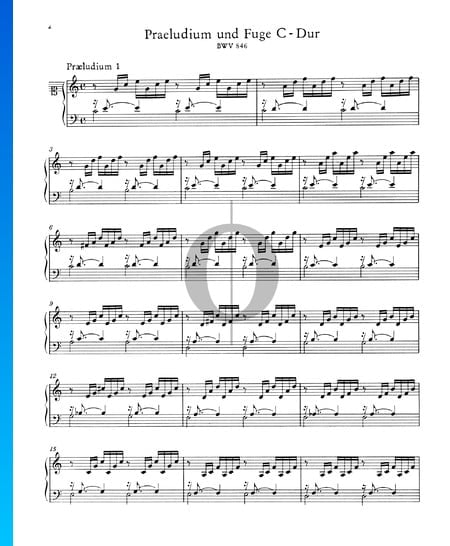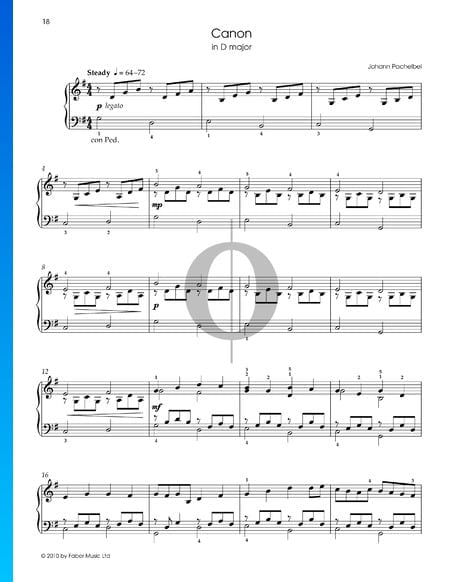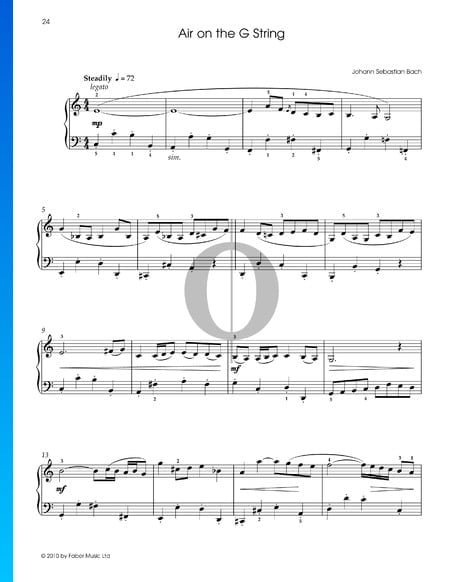Prelude D Minor, BWV 926 Sheet Music
2 customer ratings
Piano Solo · Ambitious (Level 44/100)

1/2
Page
Licensed from 

Prelude D Minor, BWV 926 Sheet Music
2 customer ratings
Piano Solo · Ambitious (Level 44/100)
Related Scores
Information about the piece
Prelude D Minor, BWV 926 by Johann Sebastian Bach is a baroque composition characterized by its complex and rigorous nature, indicative of a time when music focused heavily on form and method.
- Bach composed the piece as part of the Nine Little Preludes, a set of keyboard pieces. Intended for teaching and educational purposes, these preludes provided students with exercises to improve their technical and stylistic capabilities.
- Prelude D Minor, BWV 926, with its swift arpeggiated figures and stately harmonic progressions, still stands as an exemplary piece for students to practice their dexterity and understanding of harmonic movements.
- Composed during Bach's period in Köthen around 1720, this piece reflects the baroque period's typical structure, an expressive melodic theme with a strong focus on ornamentation, developed through the use of a repeated left-hand bass figure, or ostinato.
- In terms of musical theory, this piece is structured in a binary, or two-part, form with each section being repeated. The primary key is D minor, the secondary, or dominant key, is A minor. Each of these sections begins with a fast sequence of sixteenth notes, then moves to a contrasting section with eighth notes. The first section ends with a Half Cadence, the second with a Perfect Cadence, serving to solidify the sense of key and preparing the way for the return to the home key of D minor in repetition and at the end.
Perfect for budding pianists looking to challenge their technical abilities while honing their understanding of Bach's music, Prelude D Minor, BWV 926 can be bought and downloaded directly from our website. Our intermediate version of this beautiful composition opens up the doorway to Bach's world.
Sheet Music Details
| Title | Prelude D Minor, BWV 926 |
| Composed by | Johann Sebastian Bach |
| Pages | 2 |
| Level | 44/100 |
| Scoring | Piano Solo |
| Instruments | Piano |
| Key | D Minor |
| Year | 1720 |
| Collections | Bärenreiter - Bach: Leichte Klavierstücke und Tänze |
| SKU | 2#dbb7d891 |




